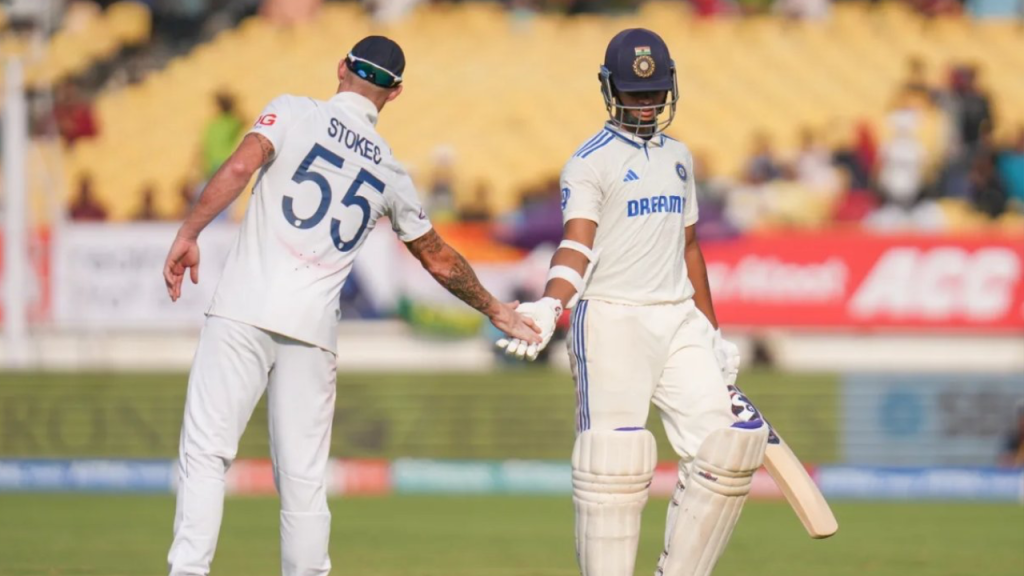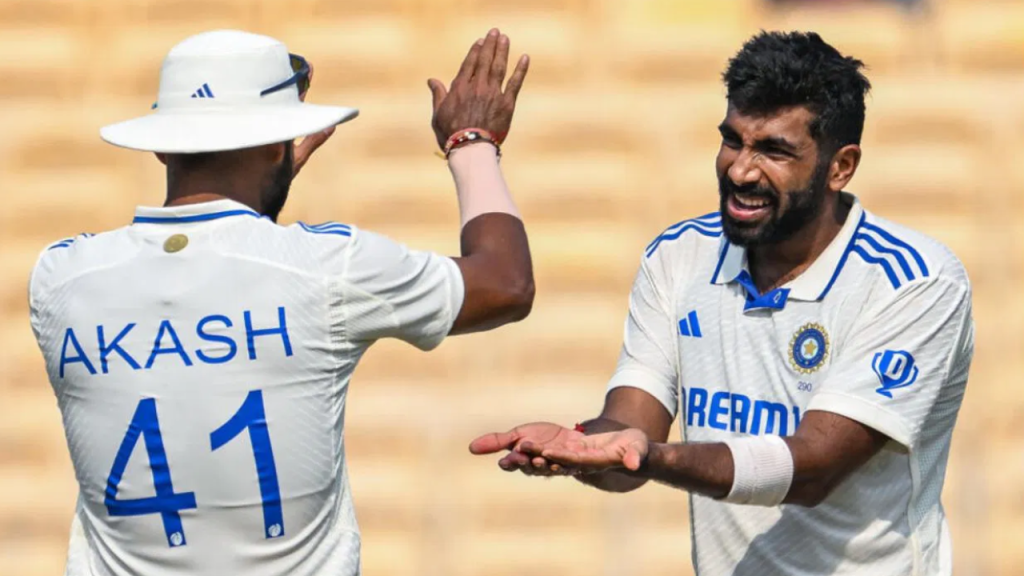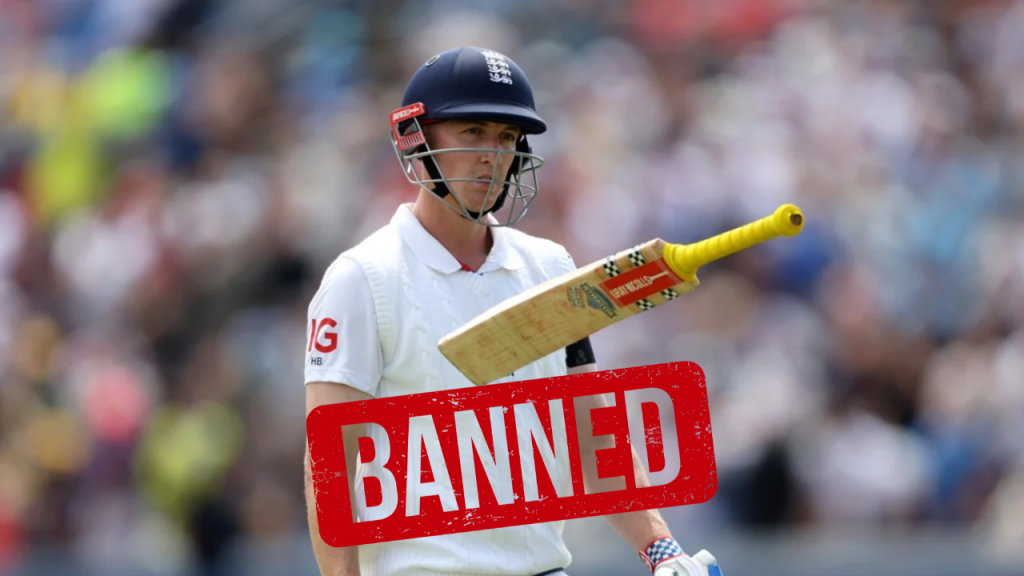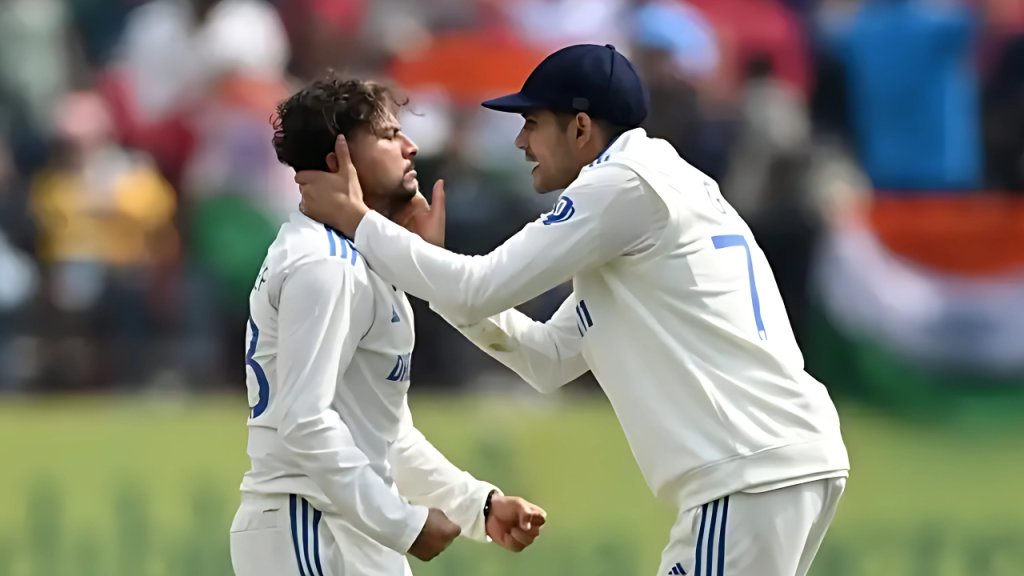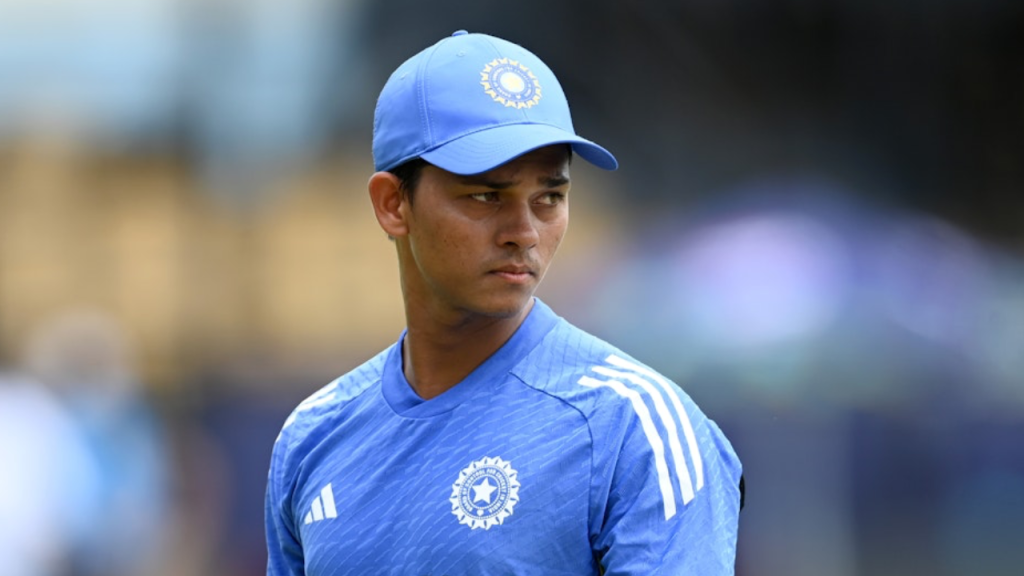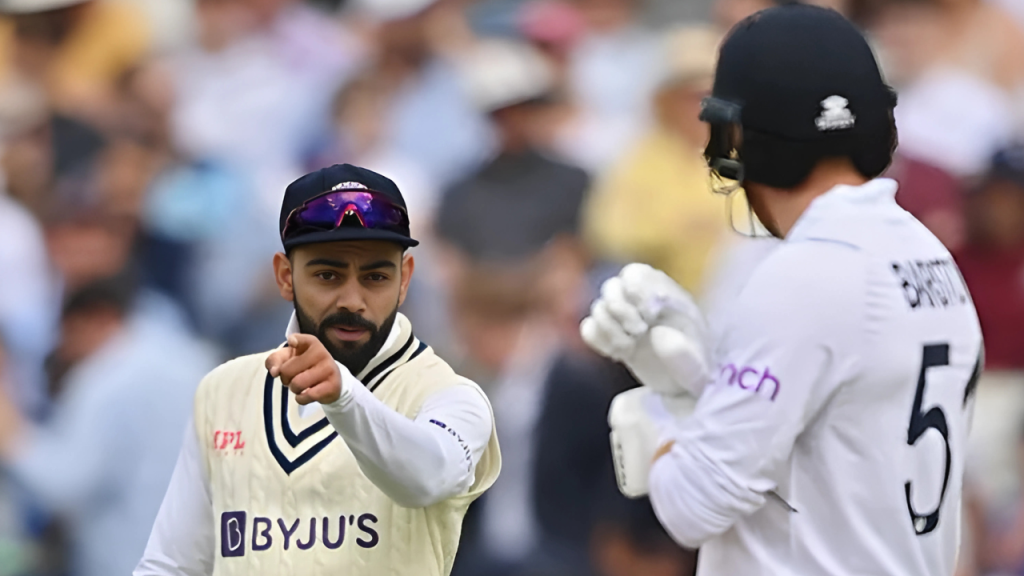International Cricket Council (ICC) have announced a host of changes to the Laws of Cricket, to be effective in all series starting on September 28 or later.
“Most of the changes to the ICC playing conditions are being made as a result of changes to the Laws of Cricket that have been announced by the MCC. We have just completed a workshop with the umpires to ensure they understand all of the changes and we are now ready to introduce the new playing conditions to international matches,” said ICC General Manager (Cricket) Geoff Allardice.
Here’s the list of new rules:
1. The thickness of bats to be reduced; edges will be limited to 40mm and overall depth limited to 67mm.
2. Players can now be sent off by umpires for serious or violent misconduct. This means the game of cricket will also red cards like football.
3. Change in Decision Review System. The teams will no longer lose one of their allocated reviews when it is deemed to be ‘Umpire’s Call’ though they will not receive top-up reviews after 80 overs, as was previously the case in Test cricket. The DRS may now also be used in T20 Internationals.
4. Tethered bails (bails attached to a string) will be used in a bid to prevent injuries like the one sustained by former South Africa’s keeper Mark Boucher and England’s Kieswetter recently.
5. ‘Bouncing bat’ run-outs to no longer be out, provided the batsman has ”continued forward momentum through running or diving” when the wicket is put down.
6. A no-ball will be called if a delivery bounces more than once (previously more than twice) before the popping crease.
7. A batter can now be recalled by umpires or an appeal withdrawn by fielders before the next delivery is bowled, even if the dismissed batter has left the field of play.
8. Fielders intentionally deceiving or distracting a batsman can now be penalised.
9. Bowlers deemed to have deliberately bowled a front foot no-ball will be barred from bowling for the remainder of the innings.
10. A batter can no longer repeatedly take the strike in the protected area of the pitch, just as a bowler can not repeatedly follow through into the protected area under the existing rules.
11. ‘Handled the ball’ is no longer a separate dismissal; it has been incorporated into the ‘obstructing the field’ law.
12. The number of named substitutes for international teams has been increased from four to six
13. Breaks in play ( lunch or tea interval) are to be taken if a wicket falls within three minutes of an interval (previously two minutes).
14. In a rain-shortened match where an innings is reduced to 10 overs or less, a bowler’s maximum quota of overs won’t be reduced to less than two.
15. Byes and leg byes off no-balls to now be scored separately. Previously byes or leg byes off no-balls were all recorded as no-balls.
16. Fielders making their first contact with the ball need to have taken off from within the boundary during boundary catches.
ICC’s Geoff Allardice on the restriction on bat sizes that comes into effect in international cricket from 28 September. @ICC pic.twitter.com/cMFDC15ThR
— ICC Media (@ICCMediaComms) September 26, 2017
